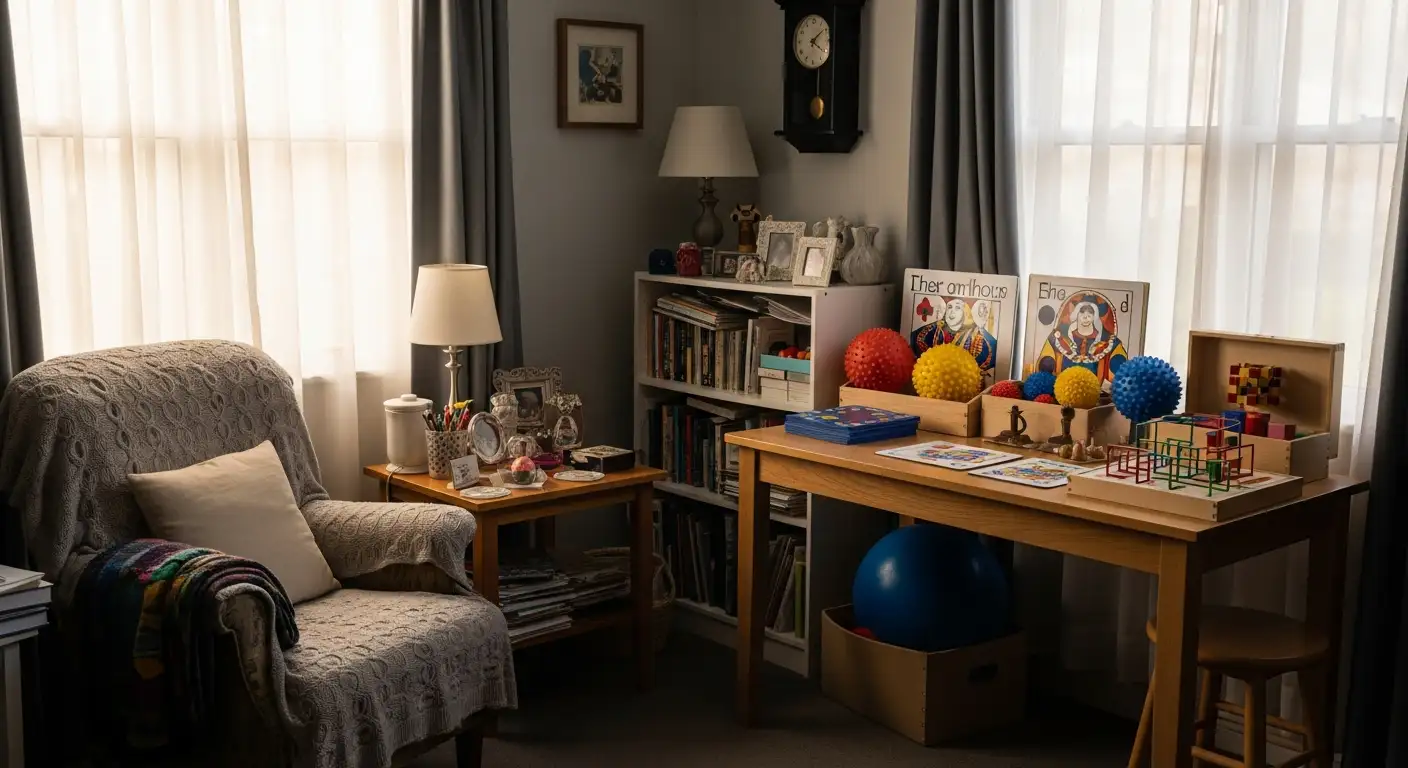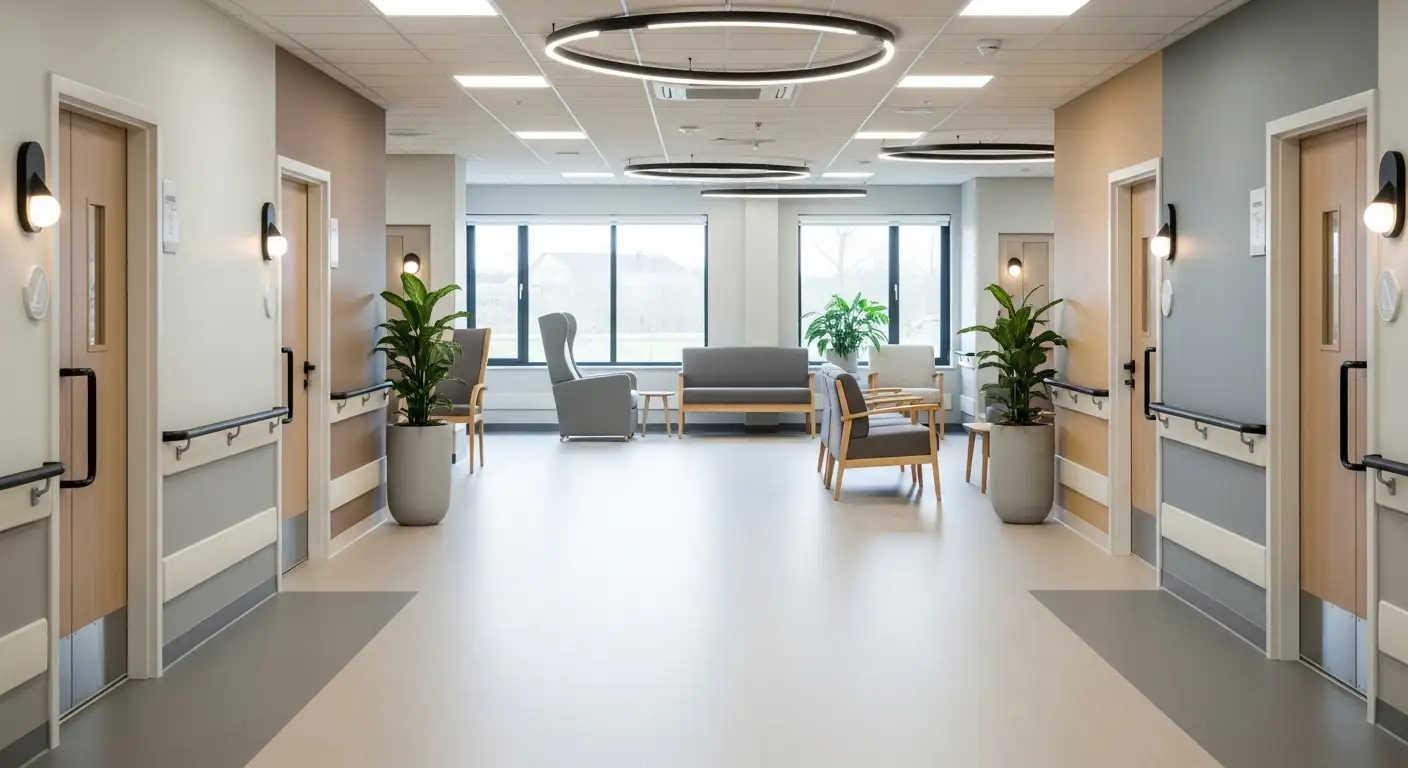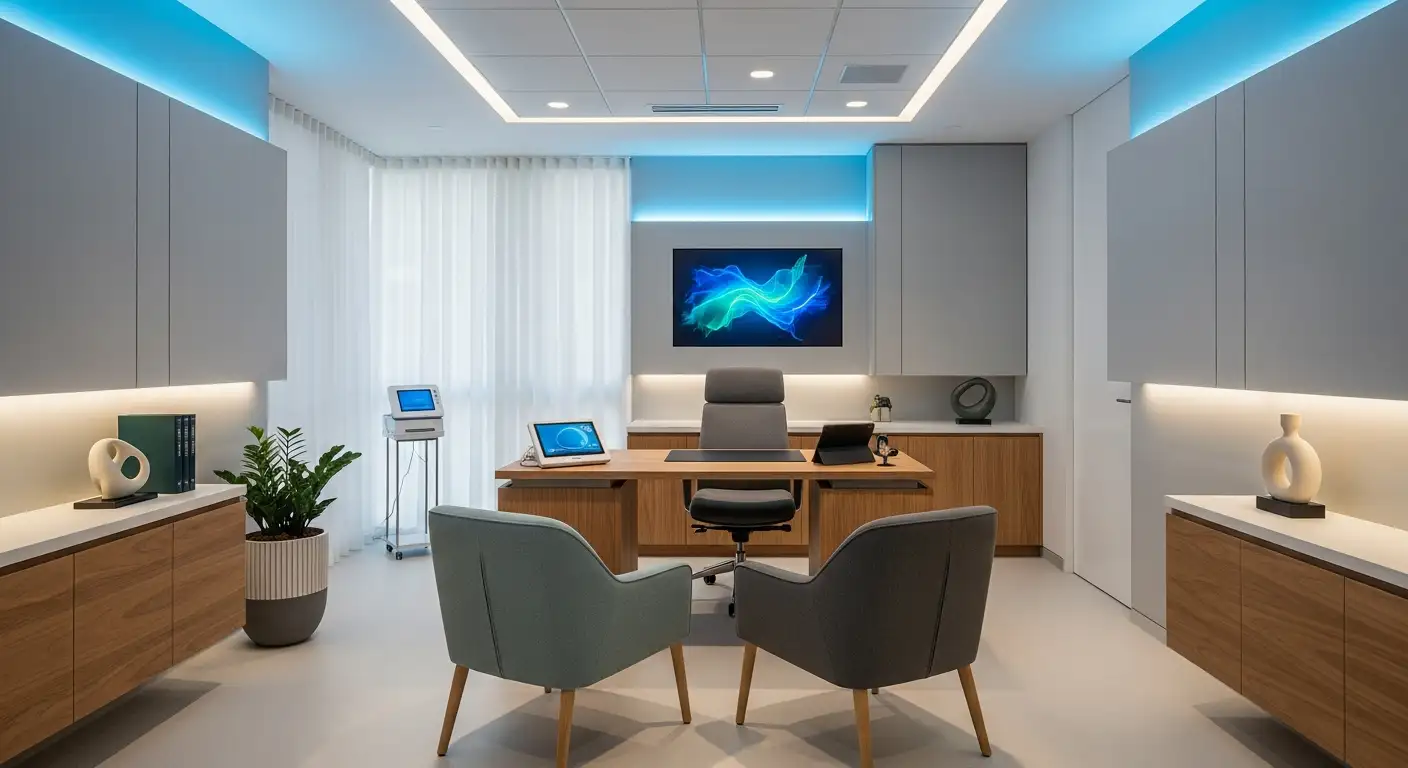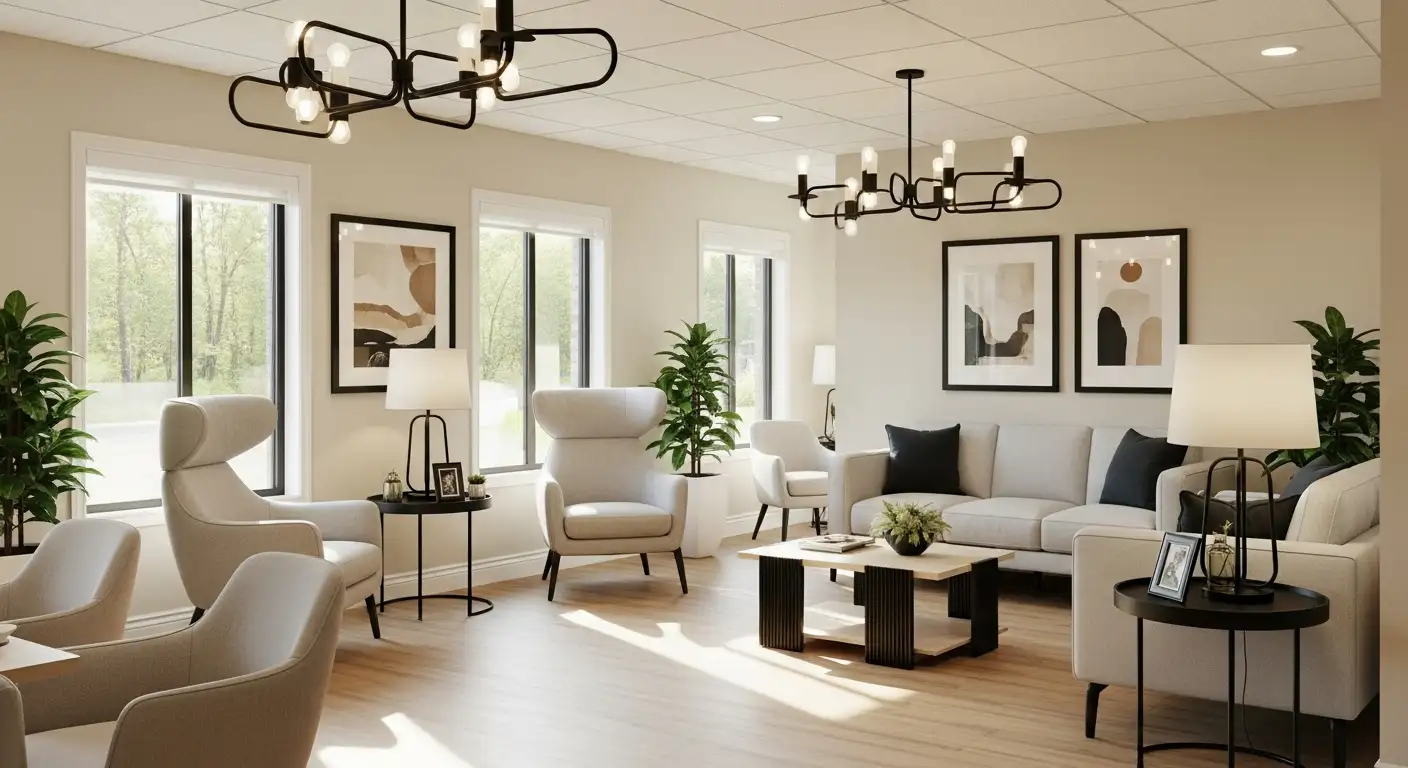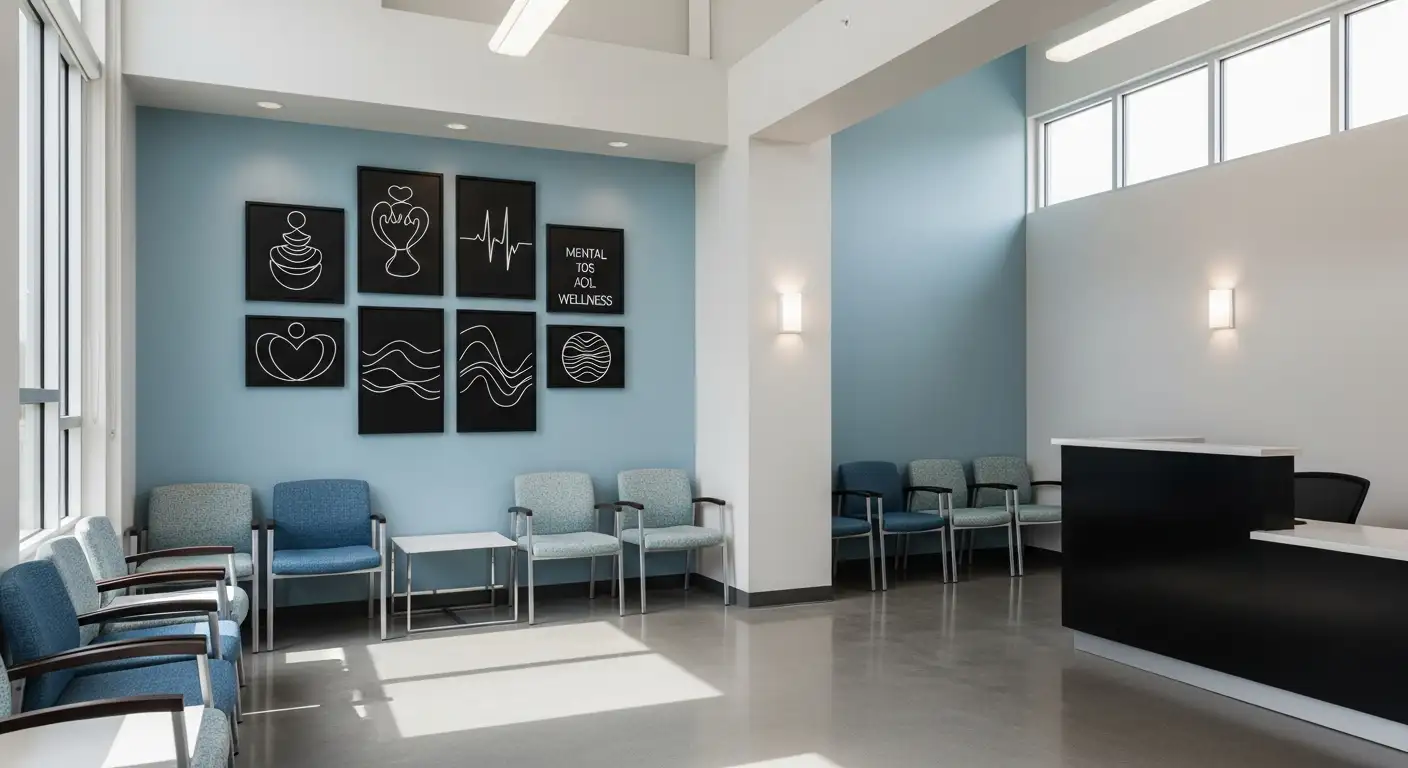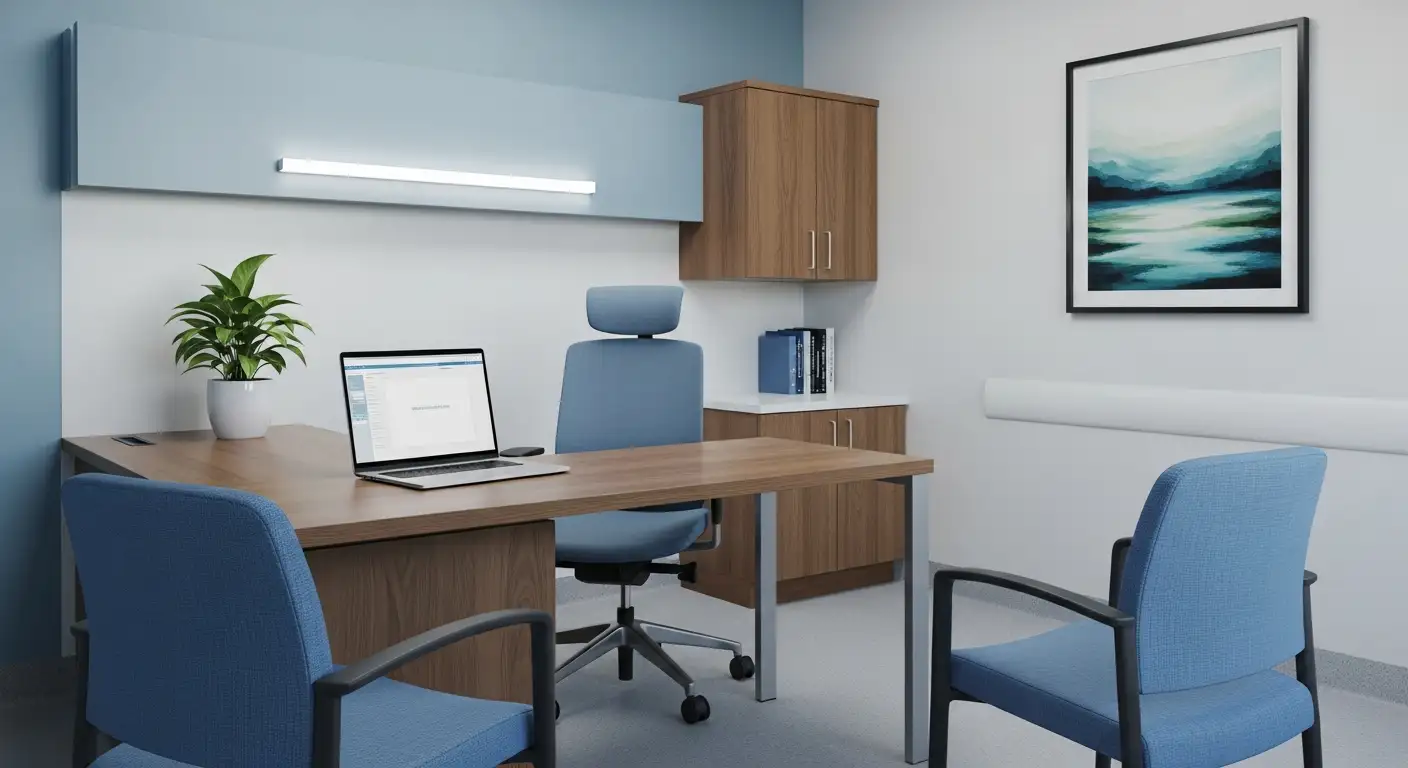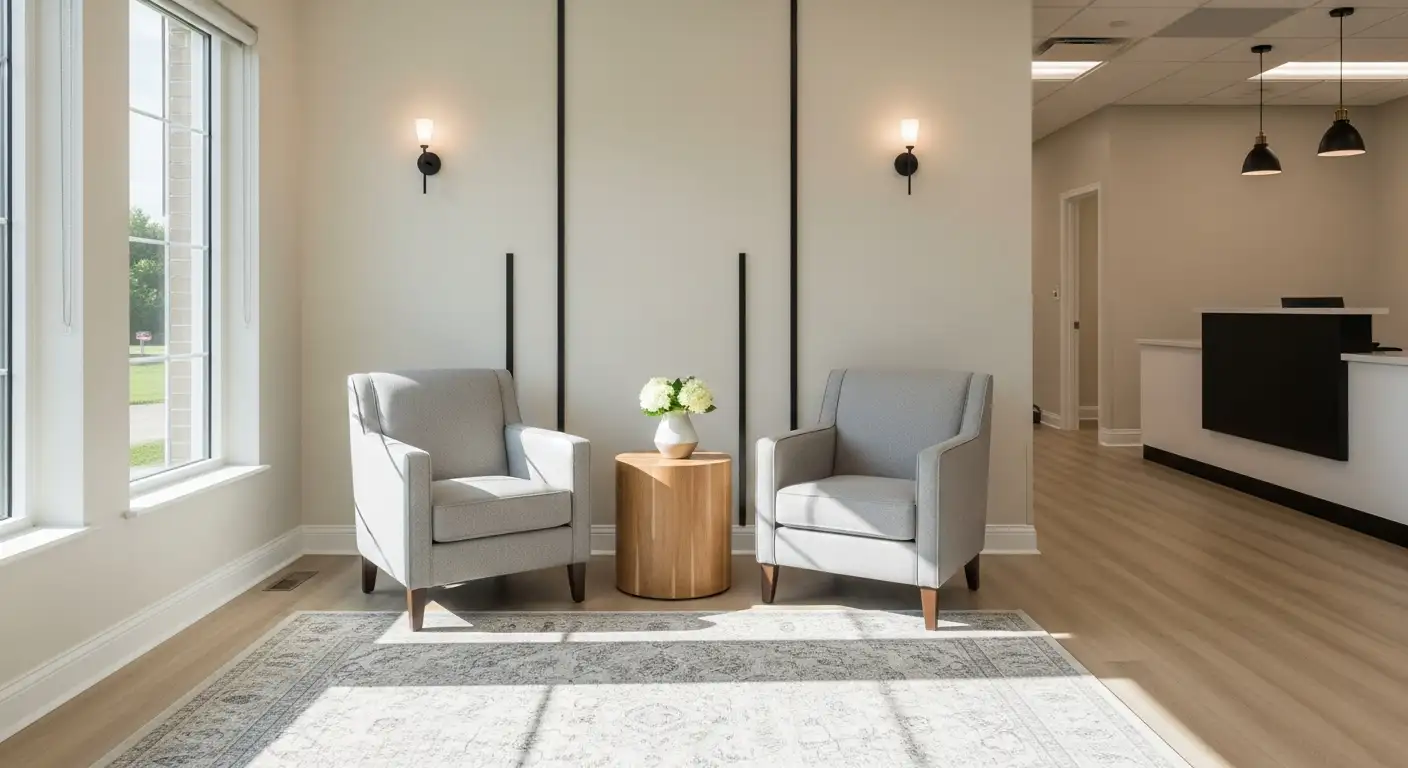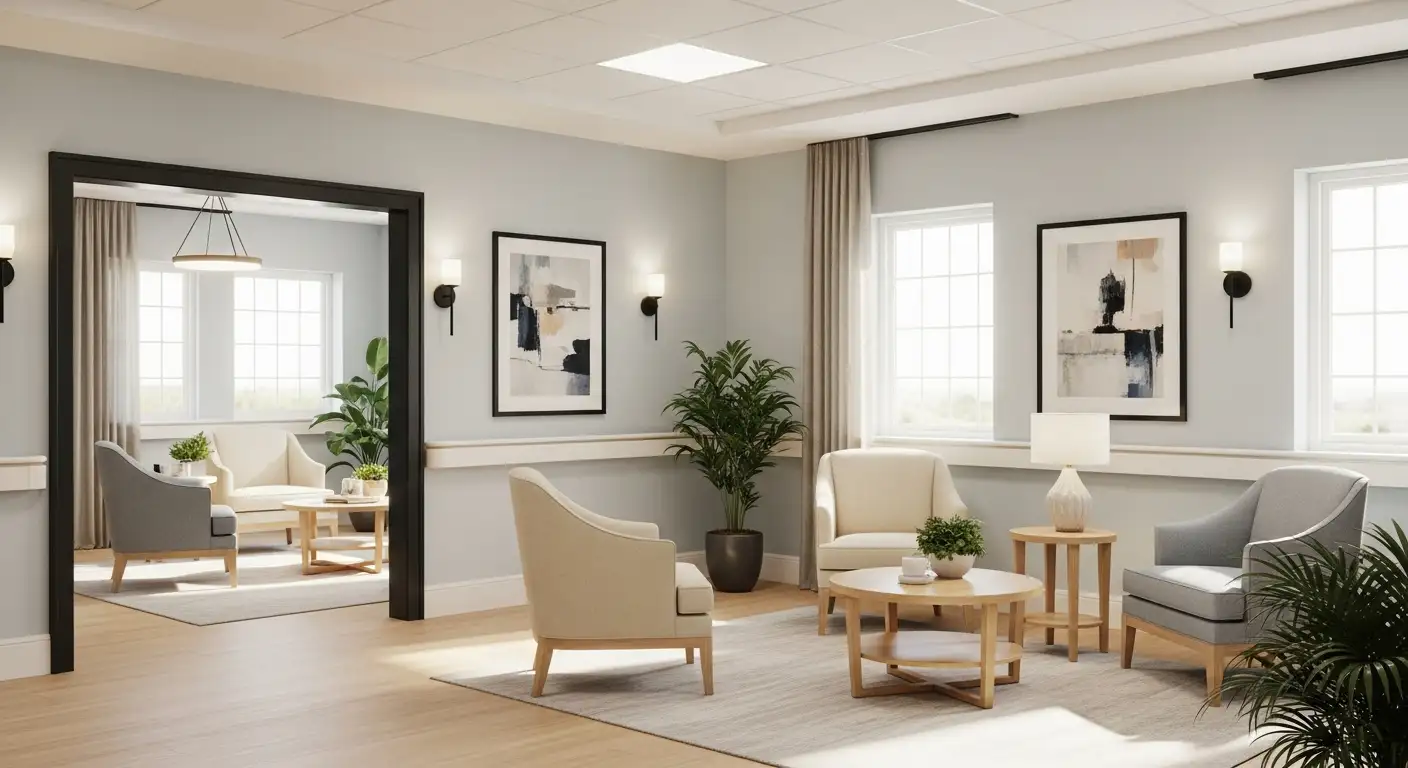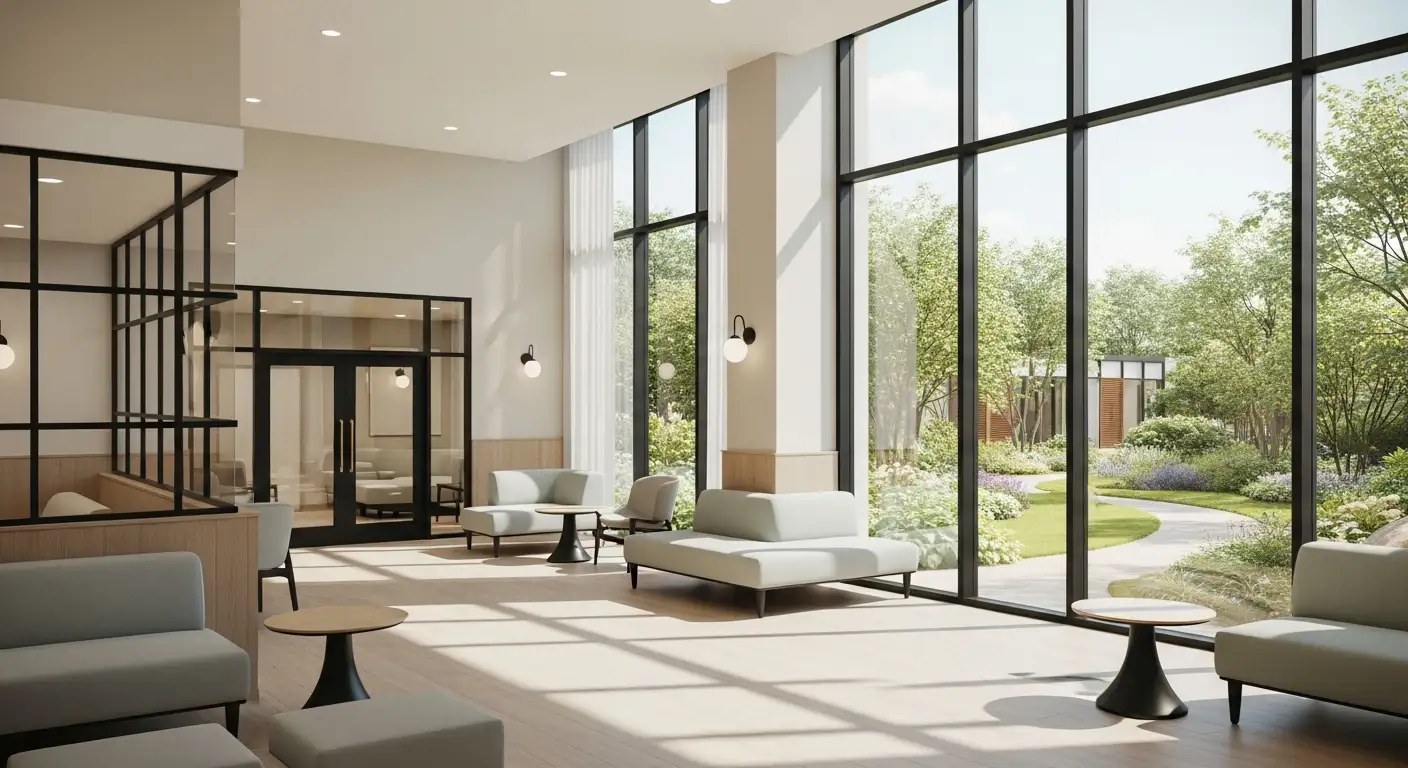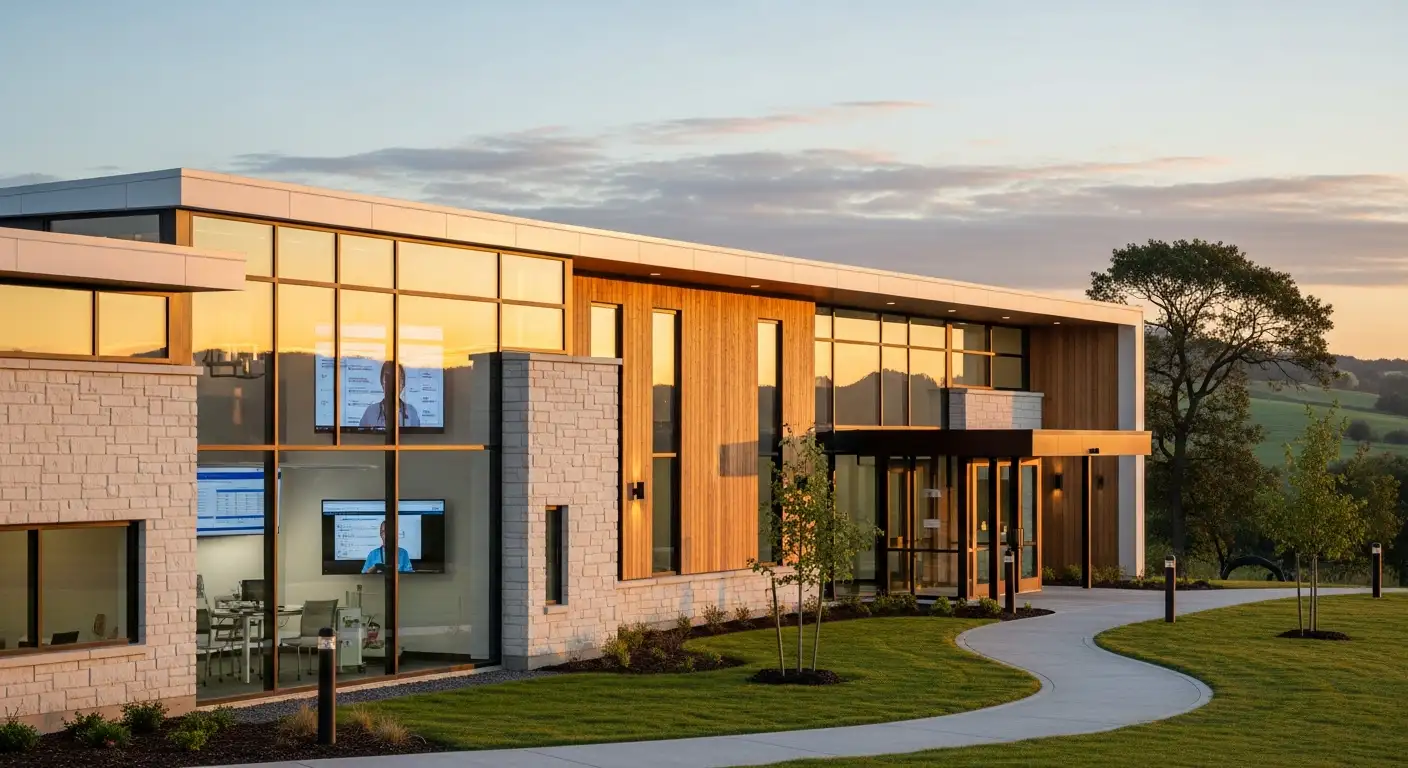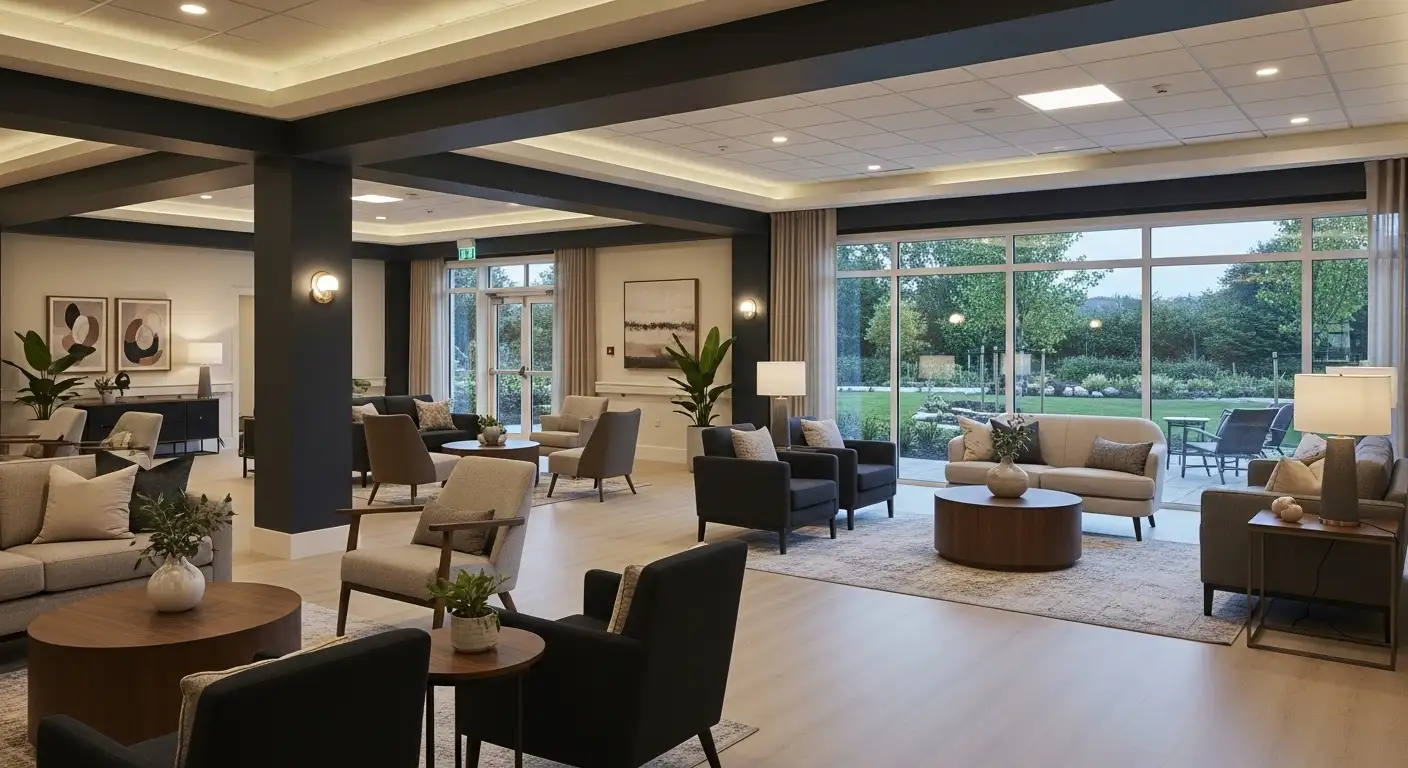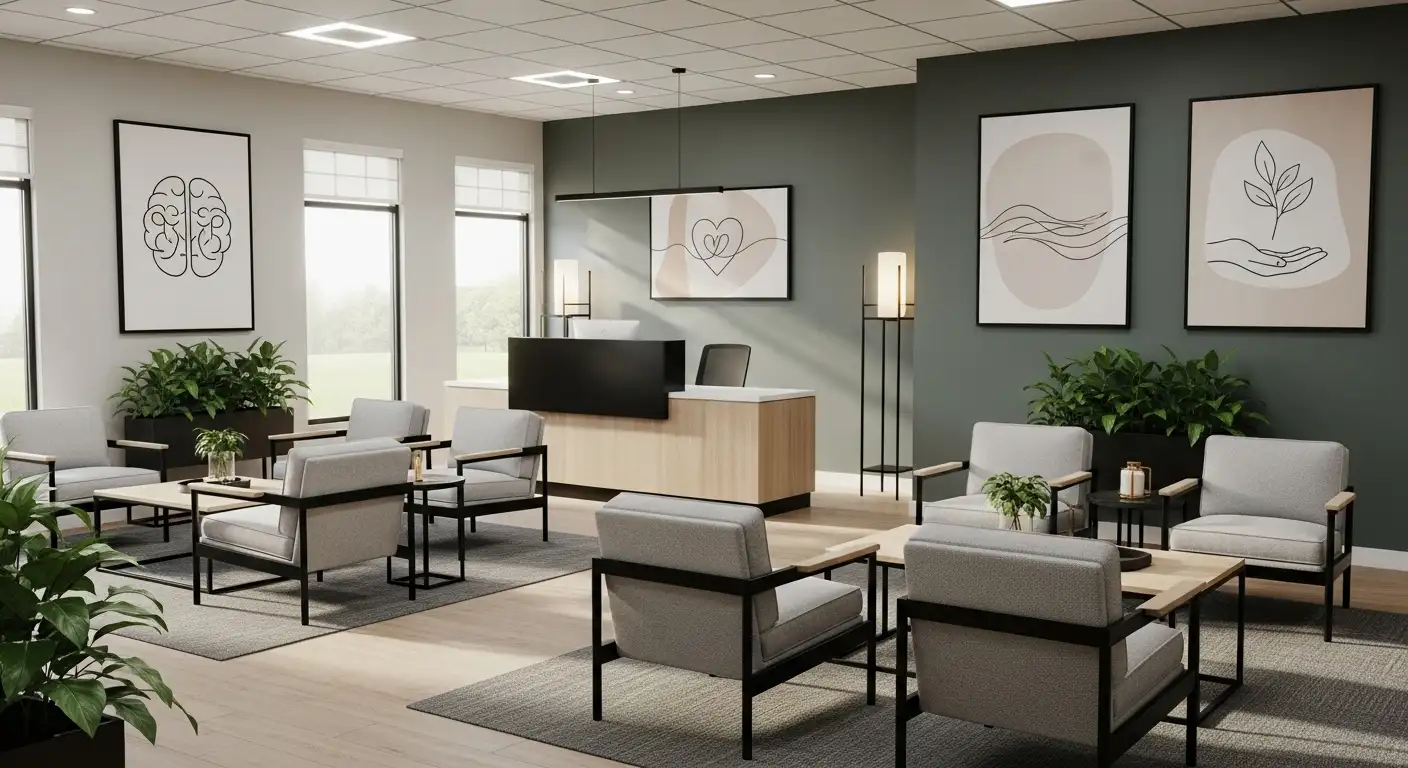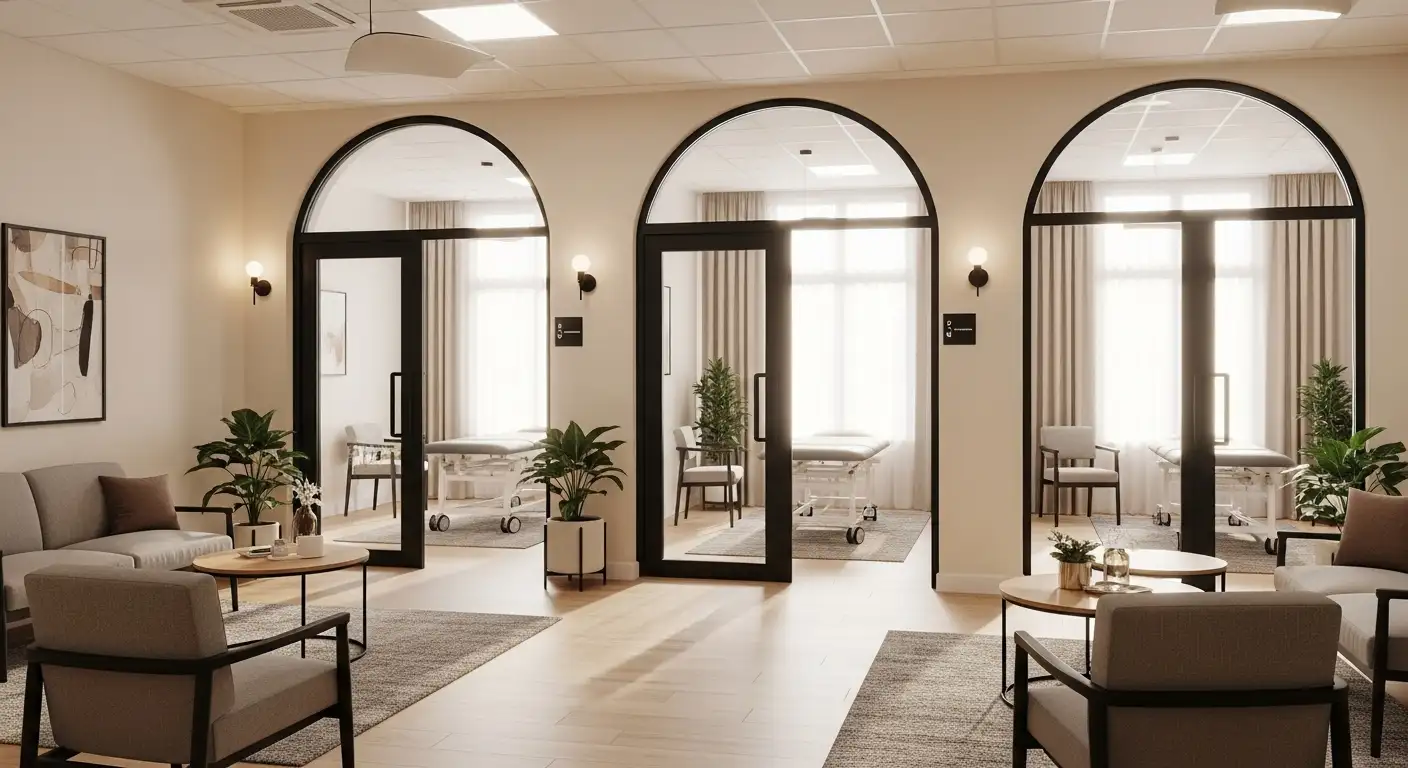Examining the Transformative Role of Telepsychiatry in Skilled Nursing Facilities
Telepsychiatry has emerged as a critical component in enhancing mental health services within skilled nursing facilities (SNFs). Accelerated by the COVID-19 pandemic and technological advancements, this modality offers promising benefits alongside notable challenges. This article explores the multifaceted implications of telepsychiatry in SNFs, including its benefits, limitations, policy considerations, implementation strategies, and future prospects, providing a comprehensive understanding of its evolving landscape.
Understanding Telepsychiatry and Its Significance in SNFs
What are the benefits and limitations of telepsychiatry in skilled nursing facilities?
Telepsychiatry, a specialized application of telehealth, involves providing psychiatric services remotely through video conferencing. This technology enables healthcare providers to conduct evaluations, medication management, and therapy sessions without needing to be physically present at the facility.
During the COVID-19 pandemic, the adoption of telepsychiatry surged, especially in skilled nursing facilities (SNFs). It improved access to mental health services, which are often limited in rural or underserved areas. Residents with mobility issues or cognitive impairments can receive timely psychiatric consultations, helping to detect mental health deterioration early and reduce unnecessary hospitalizations.
The benefits of telepsychiatry include increased resident and family satisfaction, better management of neuropsychiatric symptoms, and a reduction in the reliance on high-risk medications like psychotropics. Furthermore, it supports rapid response to residents' needs and expands the reach of mental health specialists.
However, challenges remain. Infrastructure issues, such as poor internet connectivity and lack of suitable devices, limit service quality and availability. Resident factors, including sensory or cognitive impairments, can also impact the effectiveness of telepsychiatry sessions. Organizational hurdles, such as staff training, workflow integration, and addressing residents' autonomy and comfort, are significant considerations.
Overall, telepsychiatry offers promising improvements in psychiatric care for SNF residents. To maximize its potential, facilities must invest in reliable technology, staff training, and tailored approaches that consider individual resident needs and organizational workflows.
The Expanding Scope of Telehealth in Long-Term Care
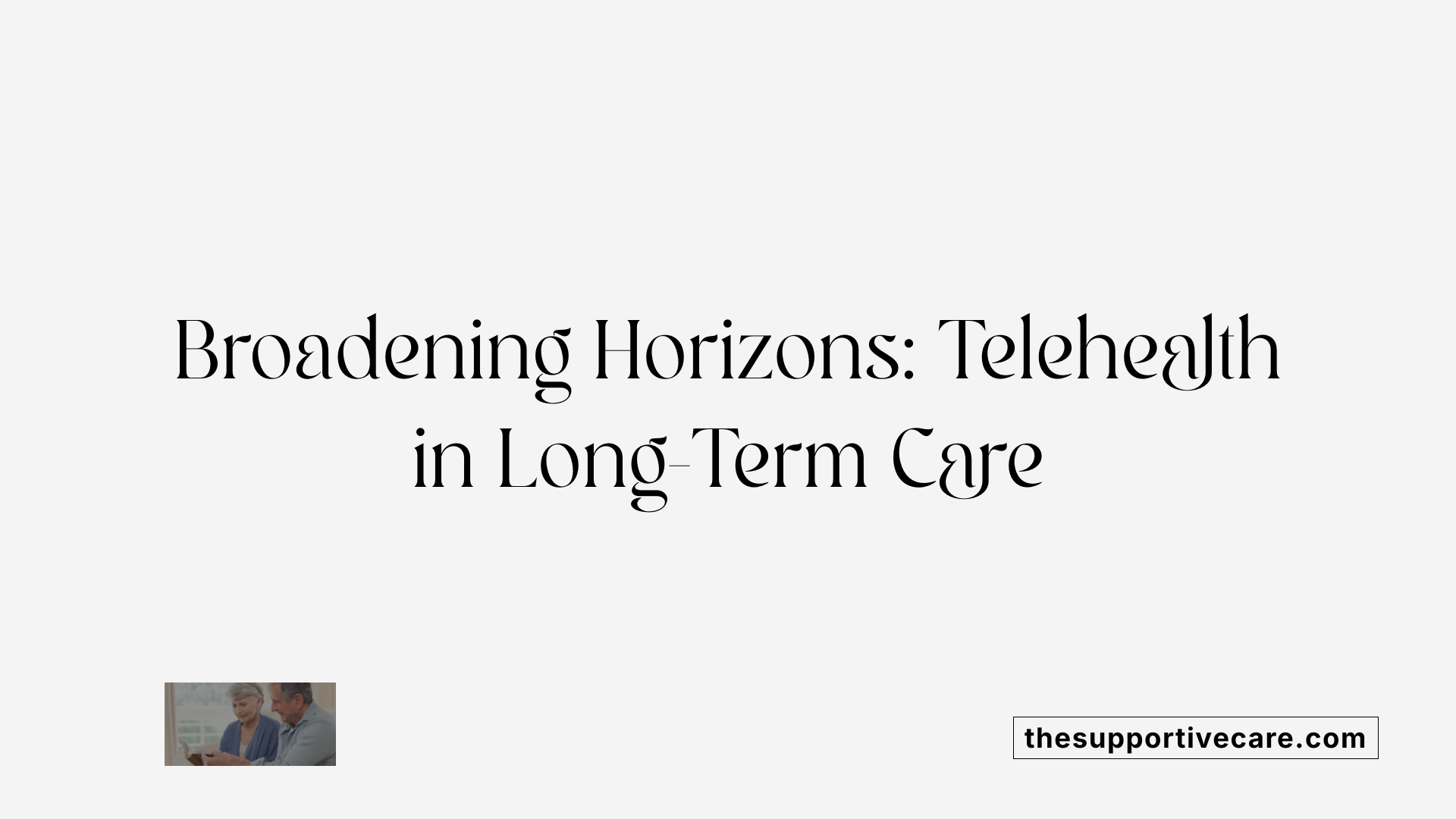
What are the broader implications of expanding telehealth in long-term care settings?
The growth of telehealth within long-term care environments brings about wide-reaching impacts on healthcare delivery. Primarily, it enhances access to a broad spectrum of medical services, especially for residents in rural and underserved areas, where specialist availability is often limited. Telehealth facilitates timely and continuous care, allowing early detection of clinical deterioration and reducing unnecessary hospital transfers.
This expansion supports better care coordination by enabling seamless communication between primary care providers, specialists, and care teams within the facility. It fosters more proactive chronic disease management and supports mental health and physical therapy services, which are often difficult to access on-site.
In addition, telehealth aligns with more modern, patient-centered care models. Residents experience increased flexibility, comfort, and satisfaction, while families benefit from improved engagement and involvement in care planning.
Moreover, telehealth can mitigate workforce shortages by supplementing onsite staff with remote specialists and mental health providers. This helps reduce clinician burnout and improves overall care quality.
However, integrating telehealth into long-term care also requires overcoming challenges like technological infrastructure gaps, digital literacy issues among residents and staff, and ensuring equitable access to avoid disparities. Supportive policies that address reimbursement, licensing, and data privacy are vital.
In conclusion, expanding telehealth in long-term care promises to modernize healthcare systems, enhance patient outcomes, and lower costs, provided systemic barriers are effectively managed.
Implementation Strategies for Telepsychiatry in SNFs
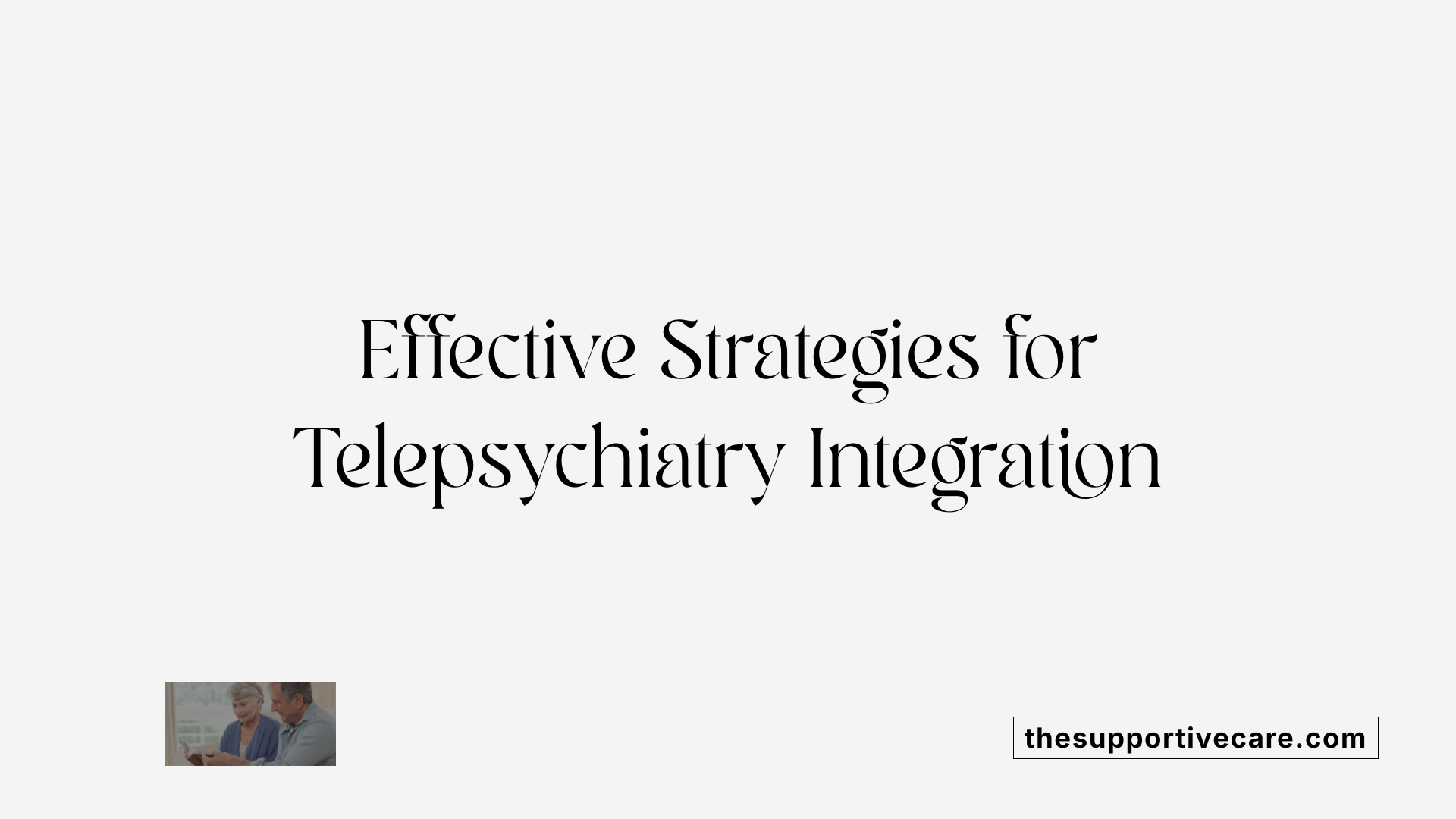
What are the implementation strategies for integrating telepsychiatry into skilled nursing facilities?
Successfully incorporating telepsychiatry into skilled nursing facilities (SNFs) involves several coordinated steps. First, upgrading technological infrastructure is essential. This includes providing reliable WiFi, high-resolution cameras, and HIPAA-compliant videoconferencing platforms that can be accessed through existing or dedicated devices.
Next, staff training plays a crucial role. Education programs should focus on familiarizing personnel with telehealth workflows, troubleshooting common technical issues, and establishing effective communication practices. These training sessions should be ongoing, with iterative improvements based on staff feedback.
Establishing clear protocols is vital to streamline services. Facilities need well-defined procedures for scheduling telepsychiatry sessions, coordinating between onsite staff and remote psychiatrists, and conducting physical exams when necessary. Addressing workflow integration minimizes delays and enhances efficiency.
Regulatory compliance is also critical. Platforms used must meet privacy laws such as HIPAA, and facilities should stay informed about policy changes that could impact telehealth services. This ensures legal and ethical standards are maintained.
Finally, engaging residents, families, and caregivers in the planning process can significantly improve acceptance and satisfaction. Providing residents with pre-visit information, preparing them for virtual sessions, and involving families in care discussions enhance overall care quality.
Implementing a comprehensive, well-planned approach ensures telepsychiatry services are effective, sustainable, and well-integrated into the broader care environment of SNFs.
Benefits and Limitations of Telepsychiatry in SNFs
What are the benefits and limitations of telepsychiatry in skilled nursing facilities?
Telepsychiatry has become increasingly vital in skilled nursing facilities (SNFs), especially during the COVID-19 pandemic, by improving access to mental health care. Residents who have mobility issues or cognitive impairments can receive timely psychiatric consultations without the need for external visits. This rapid access helps in early detection of mental health issues, supports medication management, and reduces the need for hospital transfers. As a result, hospitalizations decrease, which benefits residents by avoiding stressful transfers and potential exposure to infections.
The technology enables residents to connect with psychiatrists via high-quality, HIPAA-compliant videoconferencing tools. It also facilitates participation in treatment planning with family and staff, enhancing overall care coordination. Residents, families, and staff often report higher satisfaction owing to increased accessibility, quicker evaluations, and continuous emotional support.
However, implementing telepsychiatry in SNFs faces several hurdles. Technical barriers such as poor internet connectivity, inadequate devices, and difficulty integrating the technology into daily workflows can hinder service delivery. Organizational issues, including lack of staff training, workflow disruptions, and resistance to change, further complicate adoption. Resident-specific challenges such as sensory deficits, cognitive impairments, or discomfort with technology may reduce the effectiveness of virtual mental health services.
Addressing these barriers requires investment in infrastructure, comprehensive staff education, and tailored approaches for residents with specific needs. Proper planning, ongoing training, and organizational support are crucial to unlocking the full potential of telepsychiatry in enhancing psychiatric care in SNFs.
Telepsychiatry During Healthcare Crises and Its Effectiveness
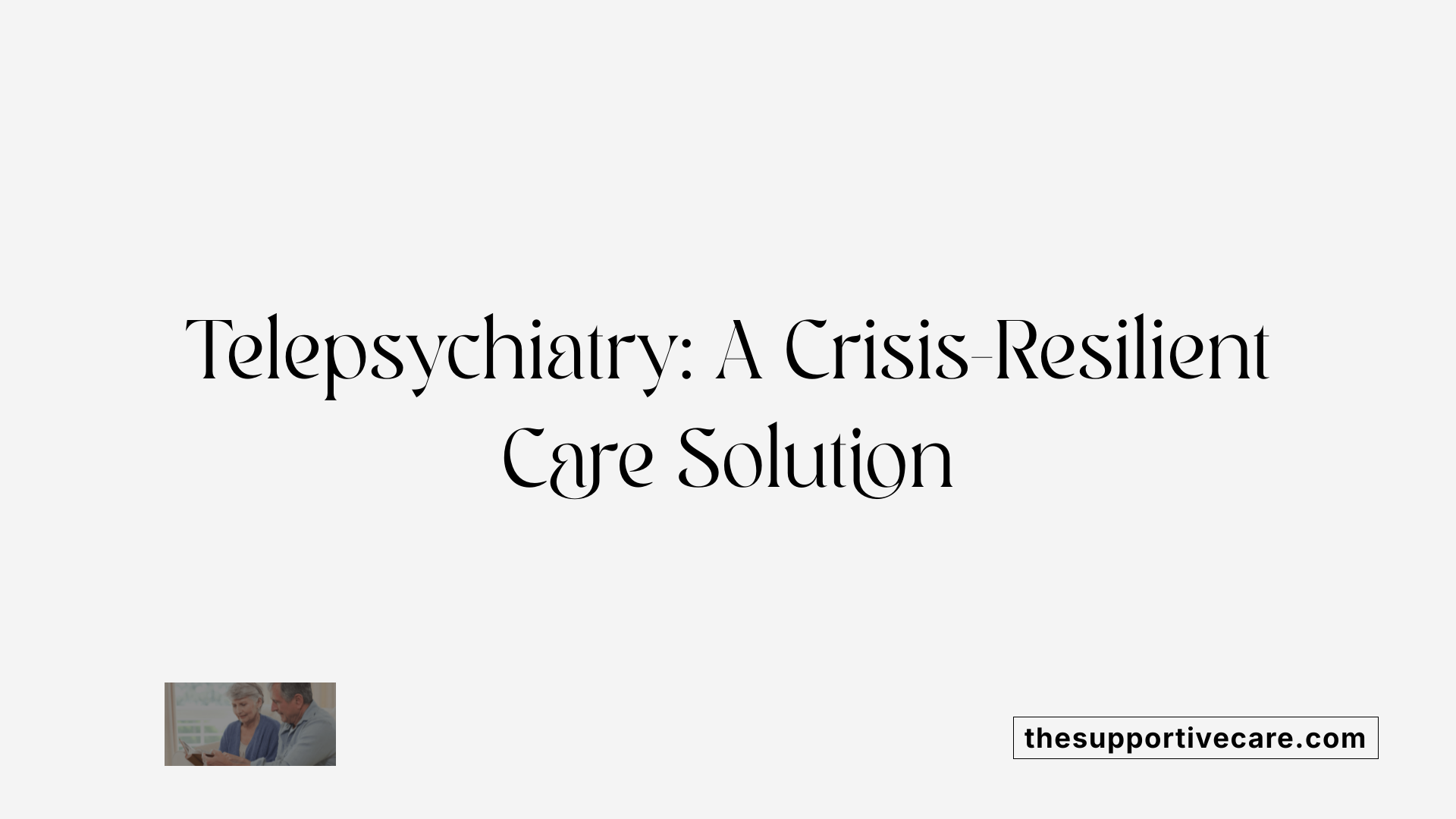
Use during COVID-19
During the COVID-19 pandemic, telepsychiatry became a vital tool in maintaining mental health services amid restrictions on in-person visits. Policy relaxations allowed healthcare providers to deliver psychiatric evaluations, therapy, and coordination remotely via video conferencing. This rapid adoption enabled continued access to mental health support for vulnerable populations, including nursing home residents, children, and isolated individuals.
Innovative models, such as remote psychiatric assessment for infectious disease management and acute mental health crises, underscored telepsychiatry’s flexibility. Hospitals, outpatient clinics, and long-term care facilities leveraged telehealth platforms to reduce hospital admissions and emergency department stays, bolstering overall healthcare resilience during the crisis.
The pandemic period demonstrated that telepsychiatry could be scaled quickly and effectively, providing safe, accessible, and patient-centered care solutions when traditional face-to-face services were limited.
The Impact of Telepsychiatry on Healthcare Quality in SNFs

How can telepsychiatry impact healthcare quality and delivery in skilled nursing facilities?
Telepsychiatry has transformed mental health care in skilled nursing facilities (SNFs) by providing residents with quicker, more accessible access to specialists, especially in rural and underserved areas. This technology allows clinicians to conduct evaluations, manage medications, and consult with staff without the need for physical presence, streamlining care and reducing wait times.
Research shows that patients receiving telehealth services experience significantly fewer hospitalizations. For instance, a study analyzing over 668,000 SNF patients found that those who had telehealth visits saw a 22% to 33% reduction in hospital admissions across various clinical groups, helping to maintain stability and safety.
Enhanced care coordination is another benefit. Telepsychiatrists can review medical records, participate in team meetings, and involve families through videoconferencing, which promotes comprehensive, patient-centered treatment plans. This integration supports early intervention and continuous management of mental health and neuropsychiatric conditions.
During the COVID-19 pandemic, the importance of telepsychiatry became especially evident. It ensured the continuity of vital behavioral health services despite social restrictions, with many facilities planning to continue using telehealth post-pandemic.
Overall, telepsychiatry increases access, reduces hospital transfers, and enhances collaboration among healthcare providers. These improvements lead to better health outcomes, more personalized care, and greater resident and family satisfaction—an advancement that aligns with quality standards like STEEEP, emphasizing safety, timeliness, effectiveness, efficiency, equity, and patient-centeredness.
Challenges and Policy Considerations for Telepsychiatry Implementation
What challenges are involved in implementing telepsychiatry in skilled nursing facilities?
Implementing telepsychiatry in skilled nursing facilities (SNFs) comes with various obstacles. Technological barriers are prominent, including outdated software systems, unreliable WiFi connections, bulky equipment that is difficult to move or set up, and complex login procedures that frustrate staff and residents alike.
Staff training is critical but often insufficient due to high turnover rates and limited resources, which hampers proper utilization. Many staff members may not be familiar with optimal protocols for telepsychiatry or integration with electronic medical records, affecting service delivery.
Regulatory issues further complicate implementation. Licensing requirements vary by state, and reimbursement policies can be inconsistent, with some payers not fully supporting telehealth services for mental health.
Resident acceptance presents another challenge. Residents unfamiliar or uncomfortable with telehealth may distrust remote care, leading to lower engagement. Additionally, privacy and data security remain paramount concerns, requiring robust safeguards to protect sensitive health information.
Successful deployment depends on strong leadership, dedicated staff to champion telepsychiatry, and seamless tech integration. Ongoing training and a clear understanding of when and how to use telepsychiatry are essential for sustainable, effective services.
What are the policy considerations and regulatory updates related to telepsychiatry in SNFs?
Policy frameworks and regulations play a vital role in shaping telepsychiatry services in SNFs. During the COVID-19 pandemic, regulatory relaxations—such as expanded reimbursement options and easing of licensing restrictions—facilitated broader adoption.
Ensuring reimbursement parity for telehealth services remains crucial for sustainability. Policies must support continued funding for telepsychiatry, including specific measures for counseling, evaluations, and medication management.
Regulatory updates have also addressed interstate licensing barriers, with some states participating in compacts allowing providers to practice across borders more easily. However, state-specific licensing and DEA regulations concerning controlled substances still pose challenges.
Future policy needs to emphasize reducing licensing hurdles, ensuring data privacy, and extending reimbursement policies beyond emergency measures to foster ongoing access.
Supporting infrastructure investments, advocating for telehealth-friendly legislation, and promoting equitable access—especially in rural or underserved communities—are essential steps to build a resilient telepsychiatry landscape in SNFs.
Future Perspectives and Research Needs in Telepsychiatry
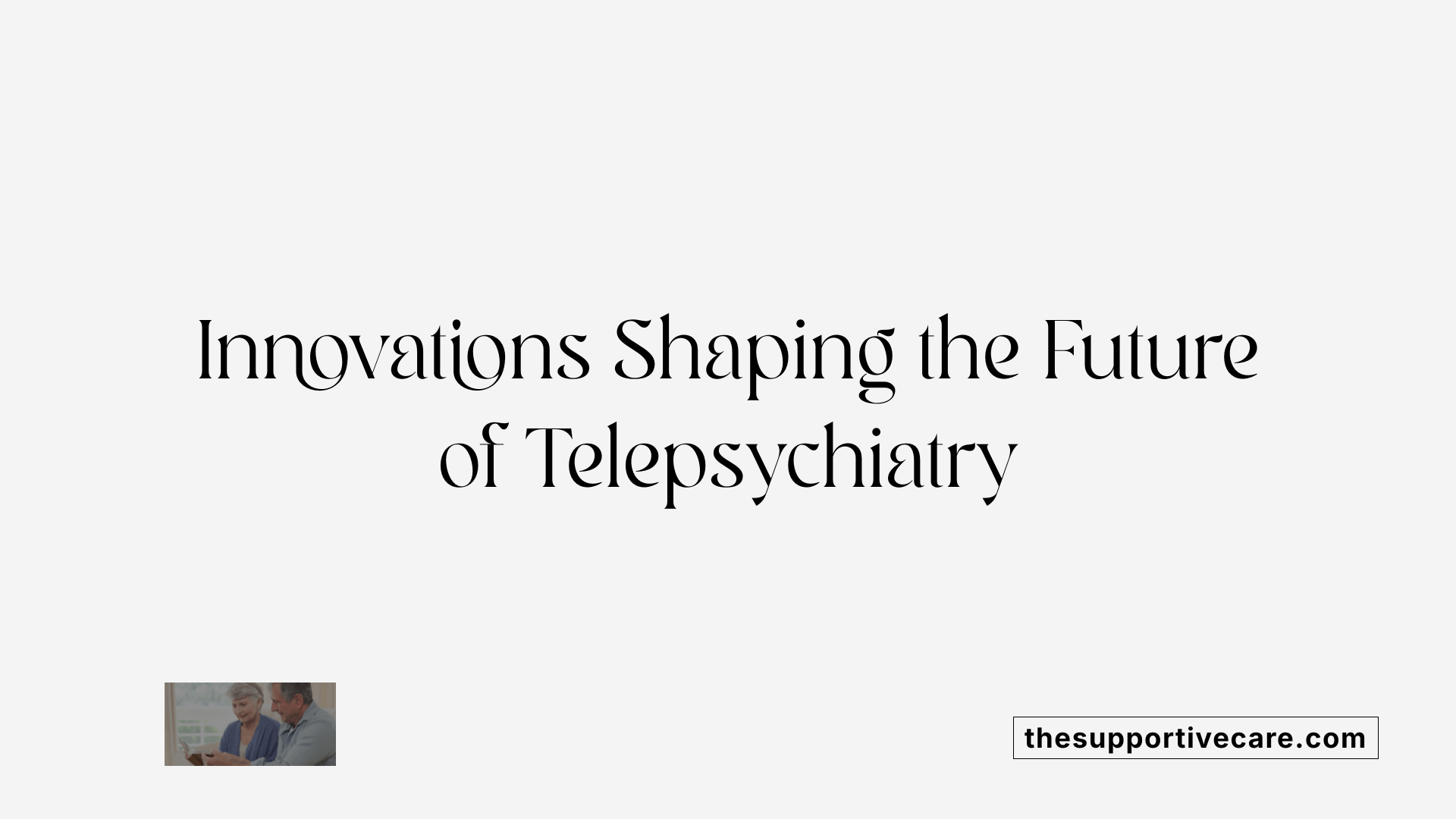 The future of telepsychiatry in skilled nursing environments holds considerable promise, driven by rapid technological advancements and evolving policy landscapes. Integration of innovative tools such as remote patient monitoring devices, artificial intelligence (AI) diagnostics, and virtual reality applications is set to revolutionize mental health care in these settings.
The future of telepsychiatry in skilled nursing environments holds considerable promise, driven by rapid technological advancements and evolving policy landscapes. Integration of innovative tools such as remote patient monitoring devices, artificial intelligence (AI) diagnostics, and virtual reality applications is set to revolutionize mental health care in these settings.
Emerging technologies like wearable sensors and the Internet of Things (IoT) will allow continuous, real-time assessment of residents’ mental and physical states. These tools can facilitate early detection of mood changes, agitation, or other mental health concerns, enabling timely interventions that could prevent hospitalizations.
Policy and regulatory reforms are also critical for supporting broader adoption. Making licensure and reimbursement policies more flexible and uniform across states will help providers deliver consistent, high-quality telepsychiatry services. Ensuring data security and privacy in line with HIPAA standards remains paramount amid expanding digital health solutions.
Research directions should include large-scale, rigorous studies to assess the long-term impacts of telepsychiatry on resident outcomes, hospitalization rates, and healthcare costs. Exploring patient and family perspectives will provide valuable insights into satisfaction and engagement. Additionally, investigations into reducing disparities—such as digital divides affecting rural and underserved populations—are necessary to promote equitable access.
Overall, technological progress combined with thoughtful policy adjustments and comprehensive research will shape a future where telepsychiatry becomes an integral, effective component of mental health care in skilled nursing infrastructure. Continued innovation and study will be vital in addressing remaining barriers and optimizing these digital health services.
Looking Ahead: Embracing the Future of Telepsychiatry in Skilled Nursing
Telepsychiatry stands at the forefront of transforming mental health care delivery within skilled nursing facilities by bridging gaps in access, reducing hospitalizations, and improving treatment outcomes. While current implementations demonstrate significant benefits, addressing technological, organizational, and policy challenges remains crucial for sustainable expansion. As innovations in remote monitoring, AI, and virtual platforms evolve, the future of telepsychiatry will likely see even greater integration into comprehensive care models, promoting resident well-being and operational efficiencies. Ongoing research, supportive regulatory reforms, and investments in infrastructure are essential to fully realize its potential for making mental health services in SNFs more accessible, effective, and equitable.
References
- Telemedicine and Telehealth in Nursing Homes: An Integrative ...
- Telehealth Should Be the Standard Protocol in Long-Term Care ...
- Telemedicine Visits in US Skilled Nursing Facilities - JAMA Network
- Telemedicine Visits in US Skilled Nursing Facilities - PMC
- Telepsychiatry for Skilled Nursing Facilities and Assisted Living
- Impact of Telehealth on Hospitalization of Skilled Nursing Facility ...
- Skilled Nursing Facilities Must Continue to Invest in Telehealth ...
- There and back again: the shape of telemedicine in U.S. nursing ...
- Telemedicine - Behavioral Care Solutions
- The Benefits of Telehealth in Nursing Homes - Hospice Care Partners


